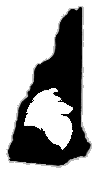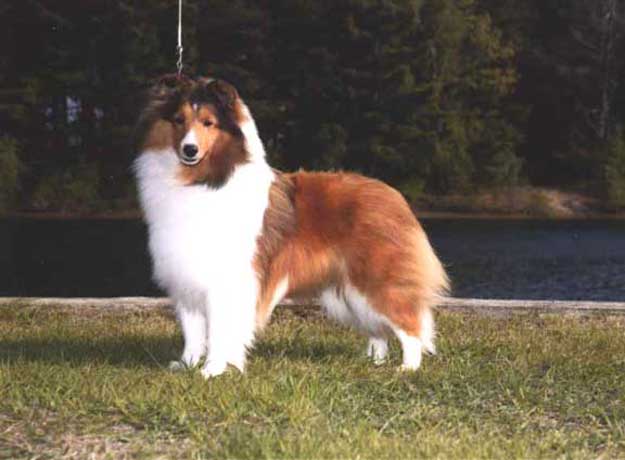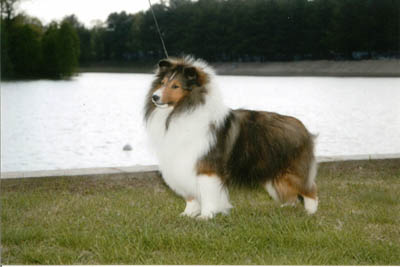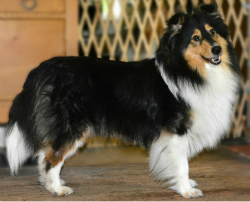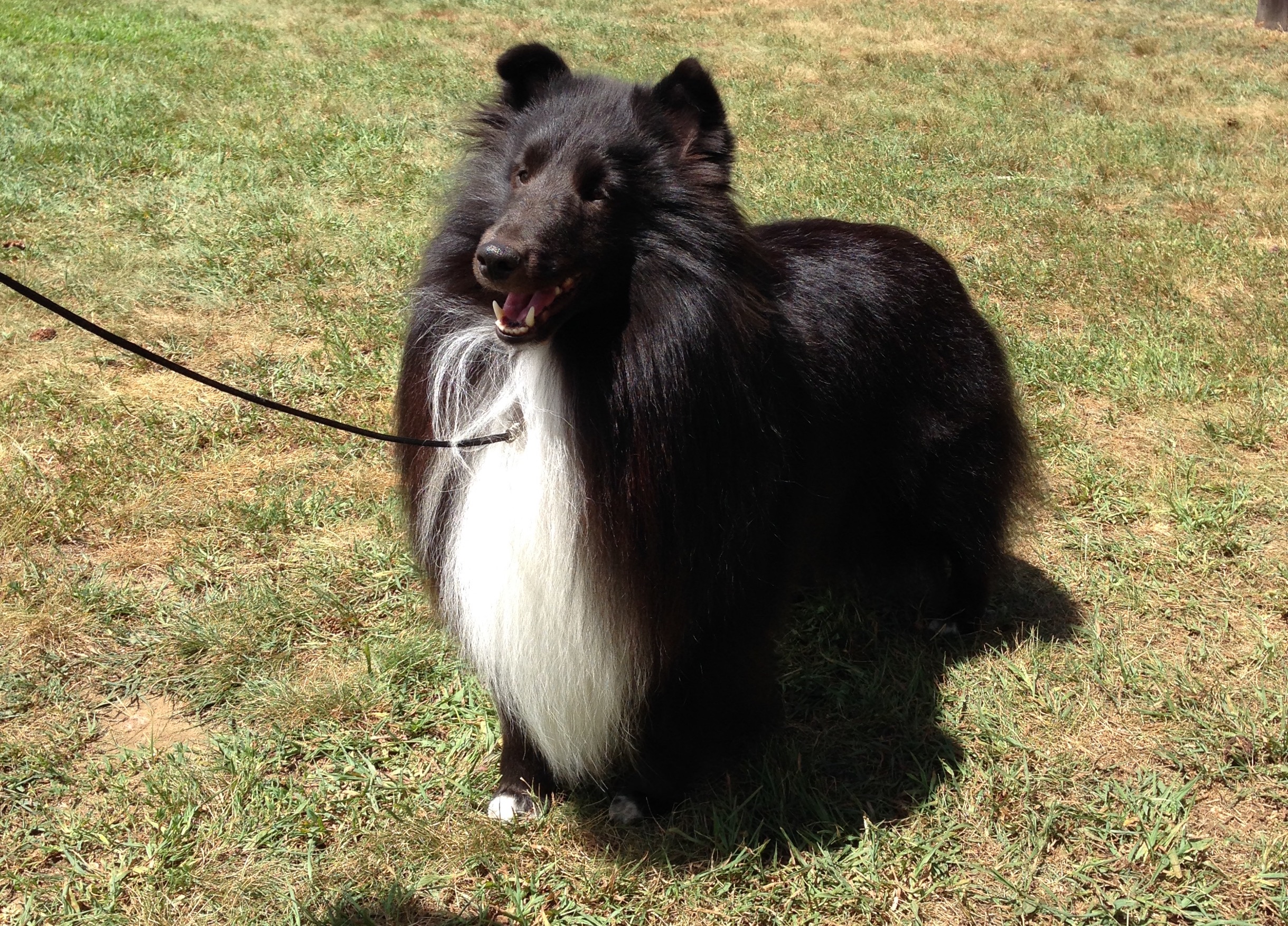About the Shetland Sheepdog
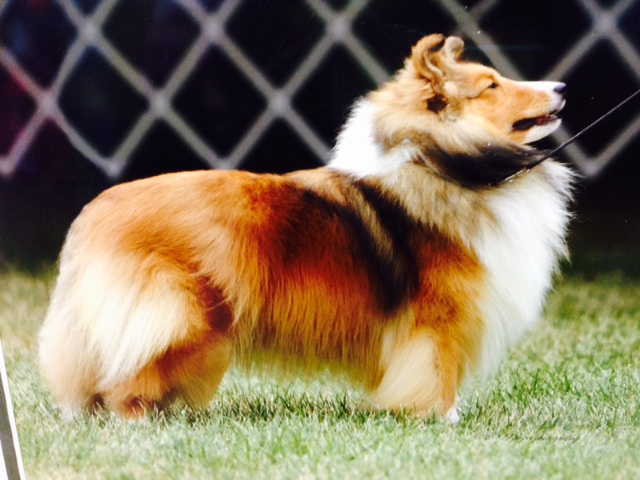
Contrary to popular belief, Shelties are NOT miniature Collies.¬ Though they share a similar history and come from the same region, they are two separate breeds.
Shelties originated as herding and possible all-around farm dogs in the Shetland Isles.¬ The ancestors of this breed go back centuries.¬ As a breed, Shelties were first registered by the Kennel Club in Great Britain in 1909. The American Kennel Club registered its first Sheltie in 1911. For a more detailed Sheltie History, please visit this page:¬ Sheltie History.
Shelties are a smaller-medium sized, dynamic, vocal, energetic breed.¬ The breed standard in the US calls for a dog 13- 16 inchesÄĚ at the withers with weight being in proportion to height. Shelties have a double coat which consists of a softer, woolly undercoat that sheds out (and often quite profusely) and thickens up depending on the season and a harsher, more weather proof outer coat. Being a herding breed, Shelties love to work and if no activity is given, they may find their own form of entertainment.¬ However, a bored Sheltie’s idea of fun and yours may be two different things.It is important that this quick, bright and working breed not become bored.¬ Boredom also leads to issues such as fence-running and nuisance barking.¬
Shelties are devoted to their families but should be wary of strangers. Once you have a Sheltie’s trust, you have a buddy for life. If properly socialized around children, Shelties can make excellent family dogs However, being herding dogs, they have a chase drive and must learn what they can and cannot go after If not, your children could become their flock. Shelties enjoy activity and a well-behaved child and well-trained dog can entertain each other quite well - with proper adult supervision of course!
Breed Standards
The Kennel Club (Great Britain)
Colors
Shelties come in a variety of colors (too view a specific color, please click on the desired one or scroll down and note: all colors can have varying amounts of white from very little to a predominantly white dog.
Sable: Sable is basically a brown dog with varying amounts of white. The sable can range from page gold to dark mahogany (may be mistaken for a tri-color. If in doubt, look at the undercoat, in a sable it will be more on the tan or creamy side).
Tri Color: This is a dog that is black with varying amounts of white and tan. If in doubt whether the dog is a dark sable or tri, look at the undercoat. In a tri it will be more on the gray side).
Bi Black: This is a black and white dog - do not confuse Bi Blacks with small Border Collies!
Blue Merle: This is a genetic dilution of the Tri color.¬ The black washes out to gray (ranging from a clear, ice-blue to a dark denim) with varying amounts of black (from ticking to patches) and tan.
Bi Blue:This is a Blue Merle dog without the tan, basically a dilution of the Bi Black.
Granite State Shetland Sheepdog Club
